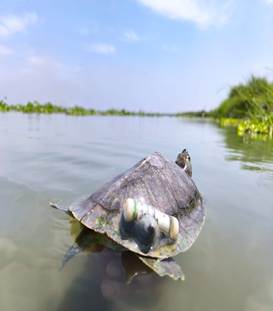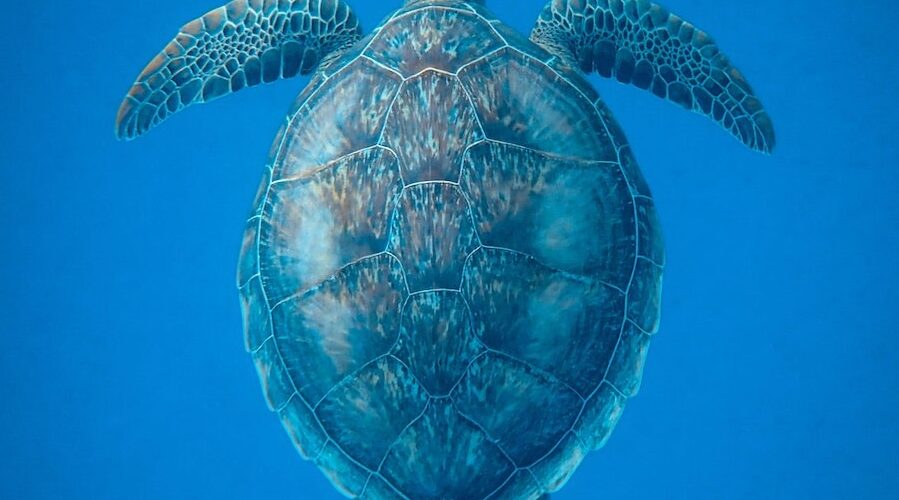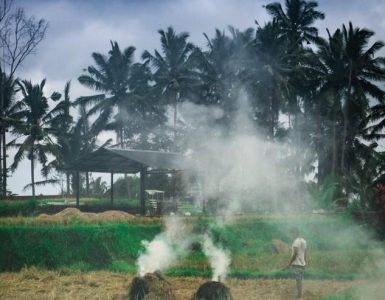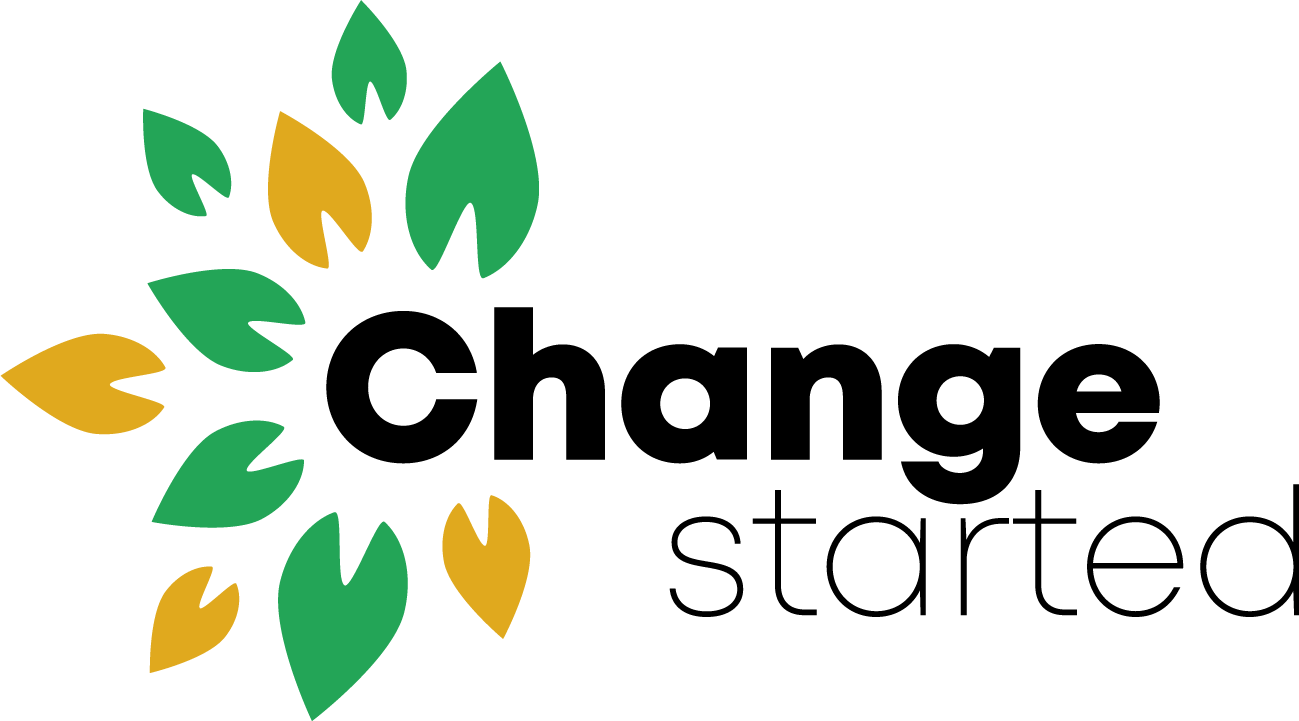After the success of Project Dolphin, the Ganga River, which has been an integral part of Indian civilisation for centuries, is now igniting the possibility of new life along its banks.
Once home to endangered turtle species, the Ganga’s shores have become a symbol of positive change in biodiversity conservation.
This transformation is particularly evident in the return of the endangered Red-Crowned Roofed Turtle to the waters of the Ganga, a species that had seen a continuous decline in its population.
The turtle’s return signals not just renewed hope for the species itself, but also a broader revival of the river’s ecosystem.
Study on Red-Crowned Roofed Turtle
Supported by Namami Gange, the Turtle Survival Alliance India (TSAI) project team conducted a detailed assessment of turtle diversity and abundance of Haiderpur Wetland Complex in 2020, followed by a Habitat Evaluation study on the newly formed turtle sanctuary near Prayagraj along the Ganges in Uttar Pradesh in 2022.
A study along the Haiderpur Wetland, a Ramsar Site, suggested the presence of 9 turtle species, whereas indirect evidence of 5 turtle species was gathered in Prayagraj.
One of the most astounding findings of the above and prior studies was that none of the viable population or individuals of the Red-crowned Roofed turtle (RRT) Batagur kachuga were sighted or reported from the entire Ganga.
The Red-crowned roofed turtle, native to India, Bangladesh and Nepal, was widespread in the Ganga River basin; however, due to habitat degradation, pollution, poaching, fishing, mining and other activities, the species became one of the most endangered species in North India, particularly Uttar Pradesh.
In the last 30 years, there has been no confirmed report of any adult from the main channel of the Ganga.
Historic Efforts in Turtle Reintroduction
On April 26, 2025, 20 turtles were carefully transferred from the Garhaita Turtle Conservation Centre and released into the Haiderpur Wetland. These turtles were tagged with sonic devices to monitor their safety and migration.
For the reintroduction process, the turtles were divided into two groups – one group was released above the barrage of the Haiderpur Wetland, while the other was released downstream in the main channel of the Ganga.
This approach aims to determine which method is more effective for the turtles’ reintroduction.
Way Forward: Restoration of Biodiversity
This initiative marks a historic step in the Ganga’s ecosystem.
During the monsoon season, the Haiderpur Wetland will completely connect with the main channel of the Ganga, allowing the turtles to disperse at their own pace.
Over the next two years, these turtles will be tracked and monitored. This is the first attempt to reintroduce this species into the Ganga, following a ‘soft’ rather than ‘hard’ release strategy.
The goal is to establish the species’ population in the Ganga in a stable manner with active assistance from the Uttar Pradesh Forest Department.

Message on the Success of the Namami Gange Mission
This important initiative will not only conserve turtle species but will also inspire the improvement of the ecosystem in Uttar Pradesh.
The conservation effort for the Ganga has shown that if all stakeholders work together, even significant challenges can be overcome. The Namami Gange Mission’s initiative has become an inspiration in making the Ganga cleaner and restoring biodiversity and the ecosystem.
You might also like to read.
Know about turtles. Read here
Interesting facts about tortoises and turtles. Read here






Add comment